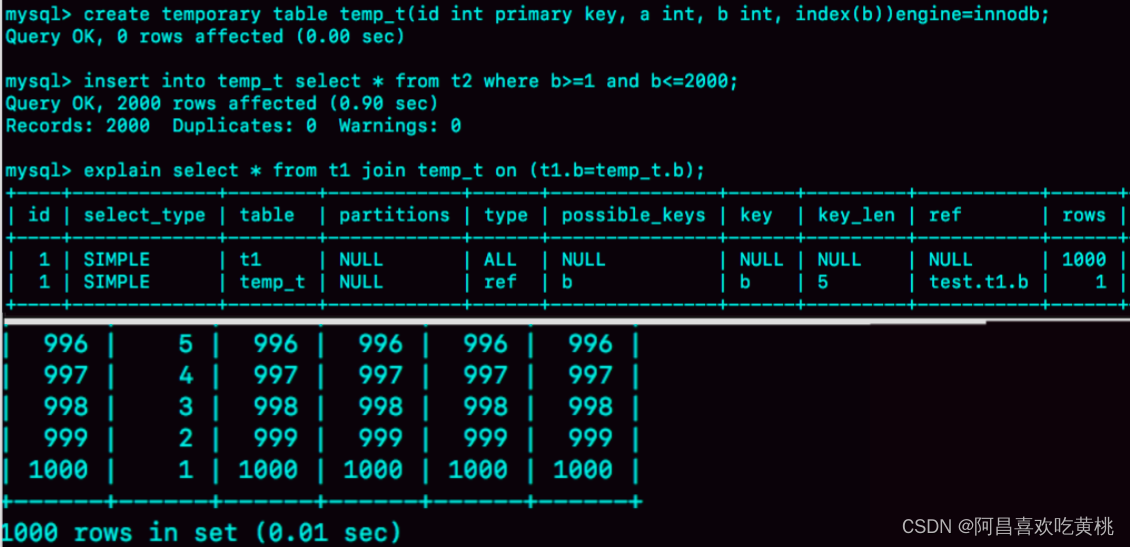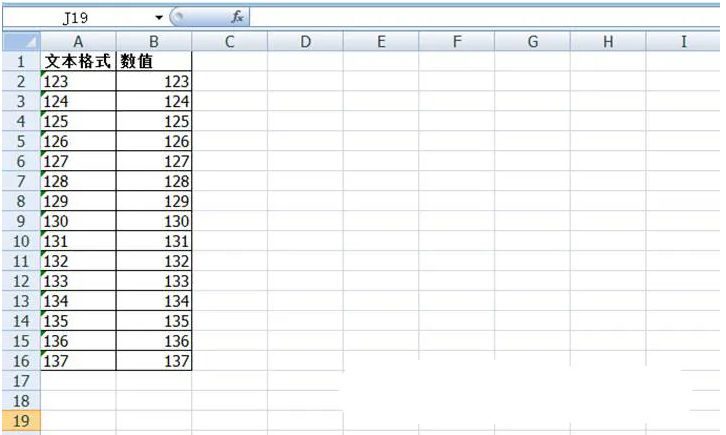Is Your Phone Heavier When It’s Full of Data? We’ve Done the Math
从数学角度看,充满数据的手机会更重吗?

Here’s a weird question: does your phone weigh more when it’s “full” than when it’s “empty”?It sounds almost ridiculously naïve – of course, a phone isn’t like a jug of water, with each photo or contact adding an extra few milliliters to the total.How could information have a weight?
But like many apparently simple questions, this one has a surprisingly complex answer.So, with a bit of special relativity, a lot of math, and a little dip into computer science, let’s actually take a serious look at the weight of your phone – before, and after, you’ve filled it with lolcats and Hide the Pain Harolds.
In theory: yes
It might sound counterintuitive, but the data on your phone does in fact have a weight.And the even more surprising thing is, you already know the scientific reason why.
“Information is stored on electrons,” explained a science correspondent Robert Krulwich back in 2011.“And electrons are very small.But they do have mass.Einstein taught us that.So it’s possible to take all the energy (E)… and, using Einstein’s equation, (E = mc2)turn that energy into something we can weigh.”
It’s one of the most famous equations in science – but unless you’re a working physicist or cosmologist, you probably didn’t think it had much use in day-to-day life.
Here, though, it’s exactly what we need: if we can work out the change in energy levels between a “full” phone and an “empty” one, Einstein’s most famous soundbite will allow us to figure out the difference in mass between the two.
Technically, flash memory works by either holding electrons in place or not.While they’re being held in place – that is, when they’re encoding information – they become more energetic.And as Einstein’s equation tells us: more energy equals more mass.
Technically, then, filling your phone with photos, music, and messages does indeed make it heavier.
In practice: not really
It’s one thing to know that special relativity means your phone gets heavier with more data.But what would actually happen if you weighed your device before and after loading it up with memes?
Luckily, it’s pretty easy to work this out using Einstein’s equation: we have energy, E, and we want to work out mass, m.There’s just one letter in the equation to go: the constant, c – which refers to the speed of light.
Now, as you may recall, the speed of light is an extremely large number – around 3 × 108 meters/second.When you plug this into the equation for mass-energy equivalence, it results in something interesting: it means that a little tiny piece of mass will be the equivalent of just vast amounts of energy.
So, what kind of sizes are we talking about?Well, according to John D. Kubiatowicz, a professor of computer science at the University of California, Berkeley, a conservative estimate for the difference in energy between a trapped electron and a free one is around 10 – 15 joules per bit.
Plugging that into Einstein’s equation, he calculated that a full 4-gigabyte Kindle e-reader will weigh more than an empty one, but “the amount is very small, on the order of an attogram,” or 10 – 18 grams.“This amount is effectively unmeasurable.”
Of course, that was more than a decade ago, and even cheap phones usually have quite a lot more than 4 gigabytes of memory today.But even allowing for 512 gigabytes of data – the amount available on the latest iteration of the iPhone – will only result in a difference of around 10-16 grams, or 0.1 femtograms.
In other words, it’s not the kind of mass you’d notice even if it was dropped on your head from the top of the Empire State Building.


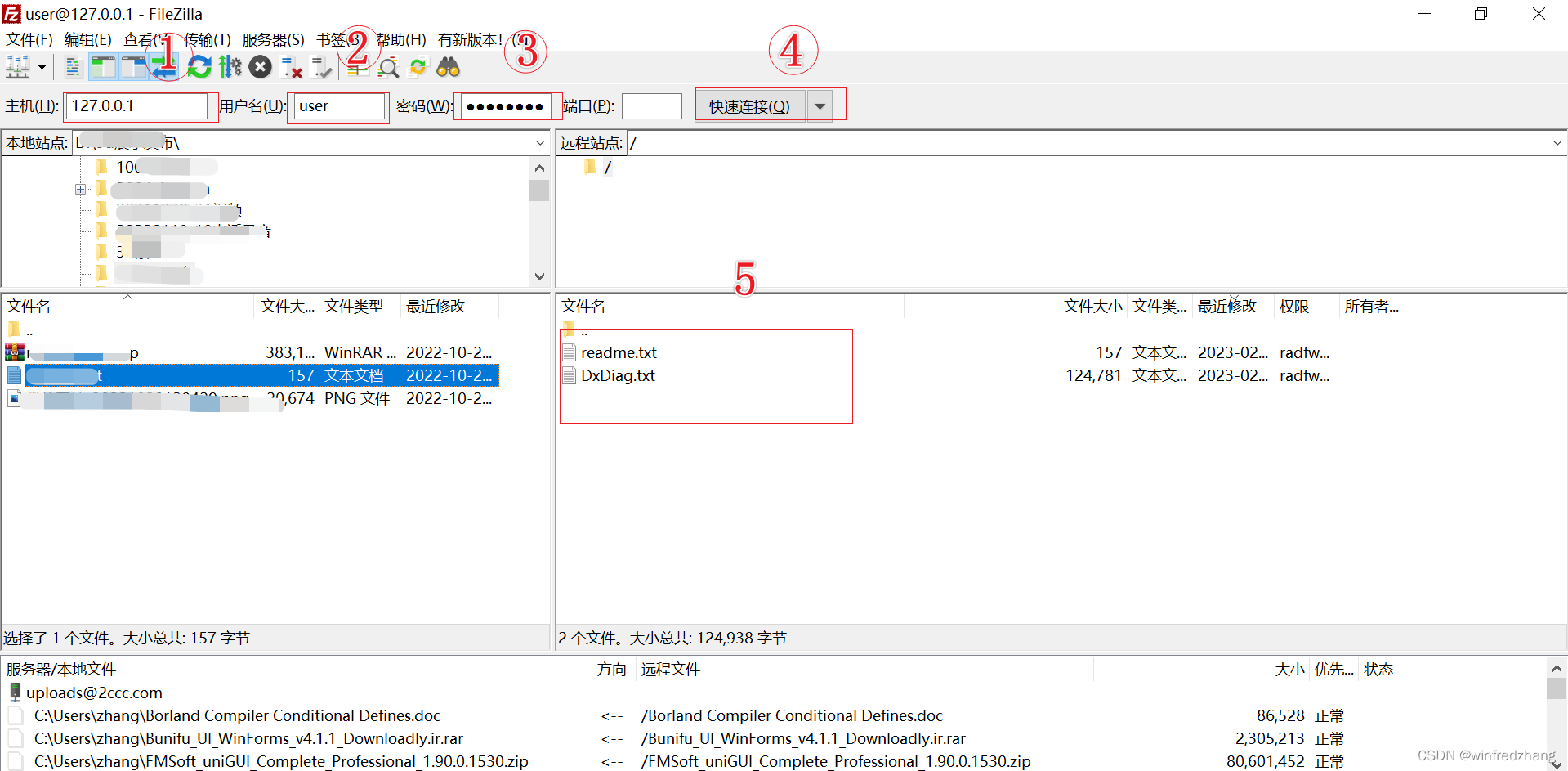
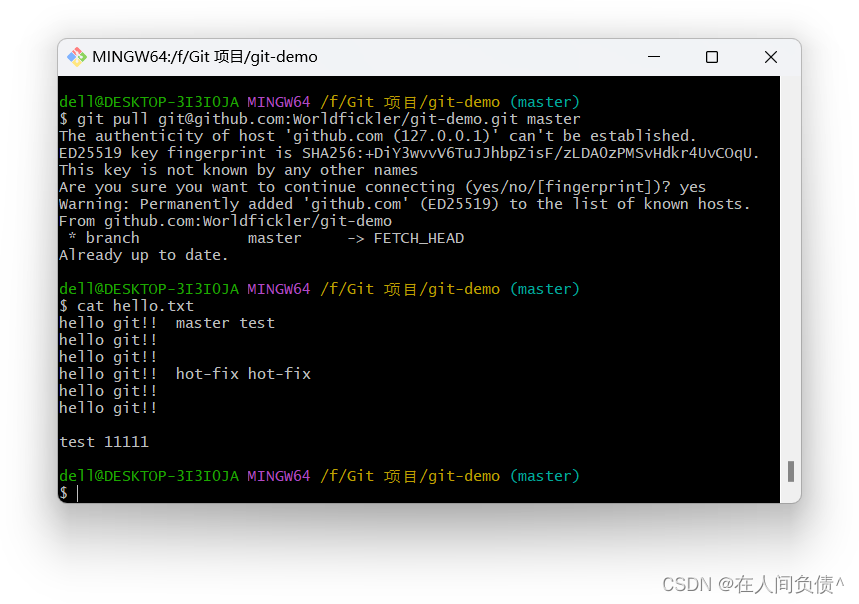
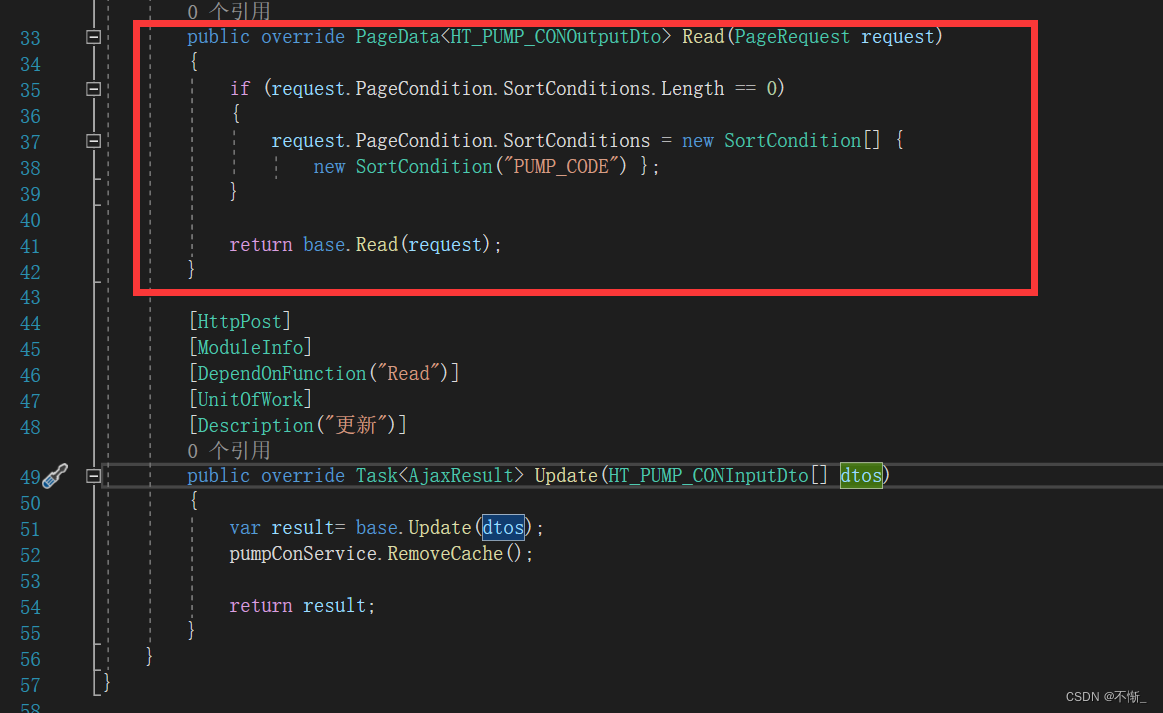

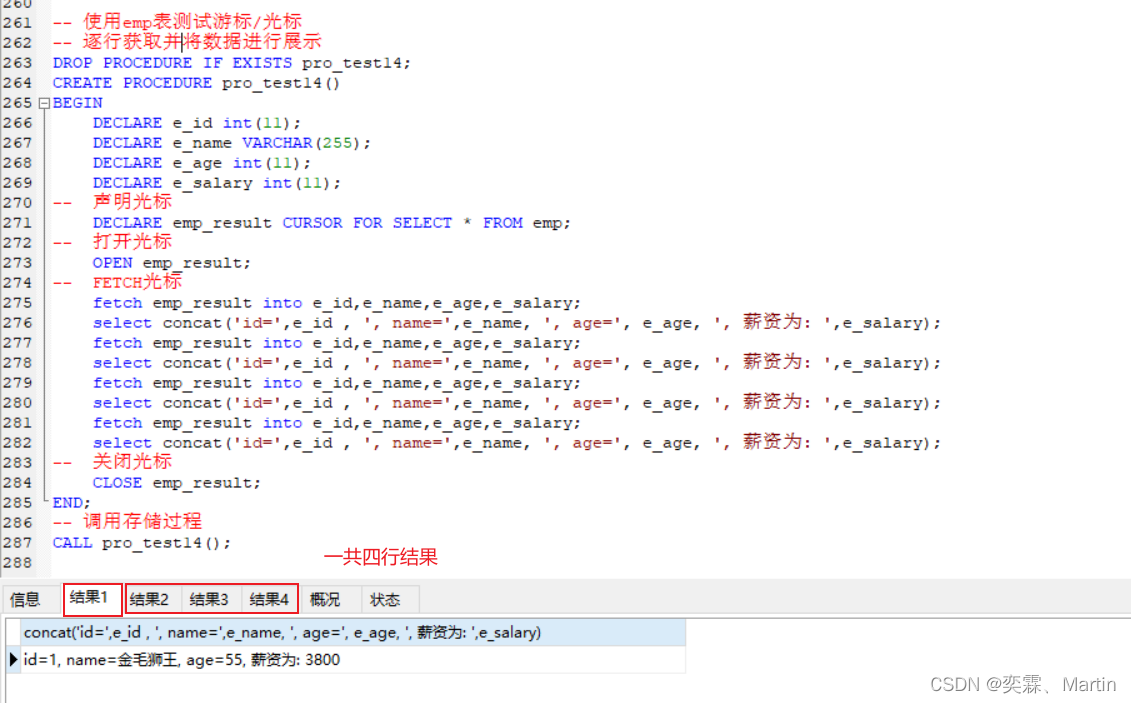



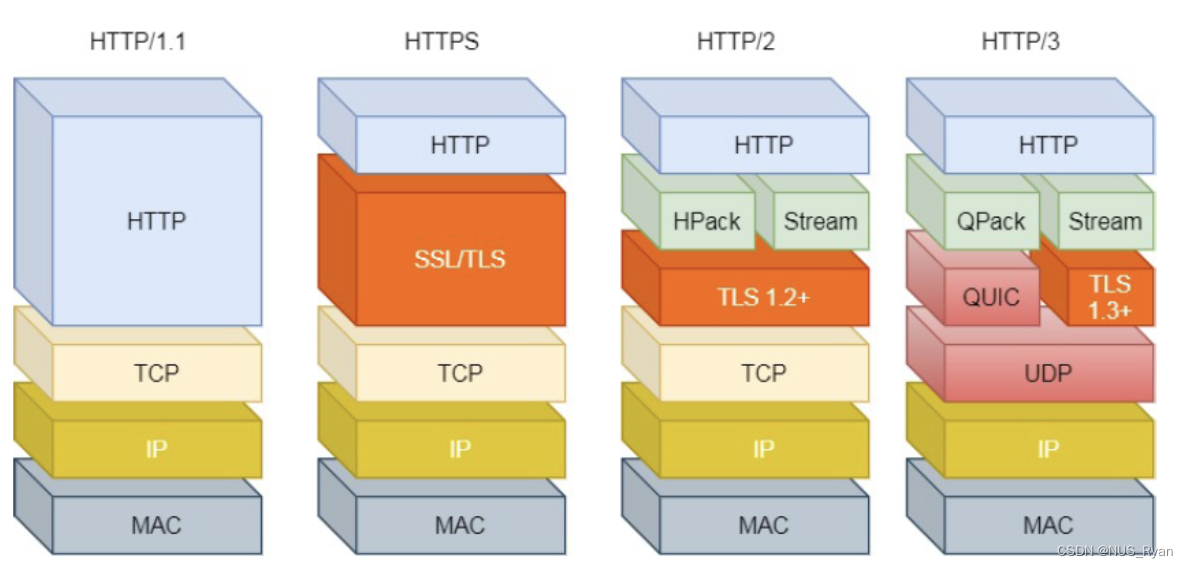


![MySQL到Elasticsearch实时同步构建数据检索服务的选型与思考[转载]](https://img-blog.csdnimg.cn/img_convert/3869a9e96ec66bb7619d77d120b0fac1.png)
